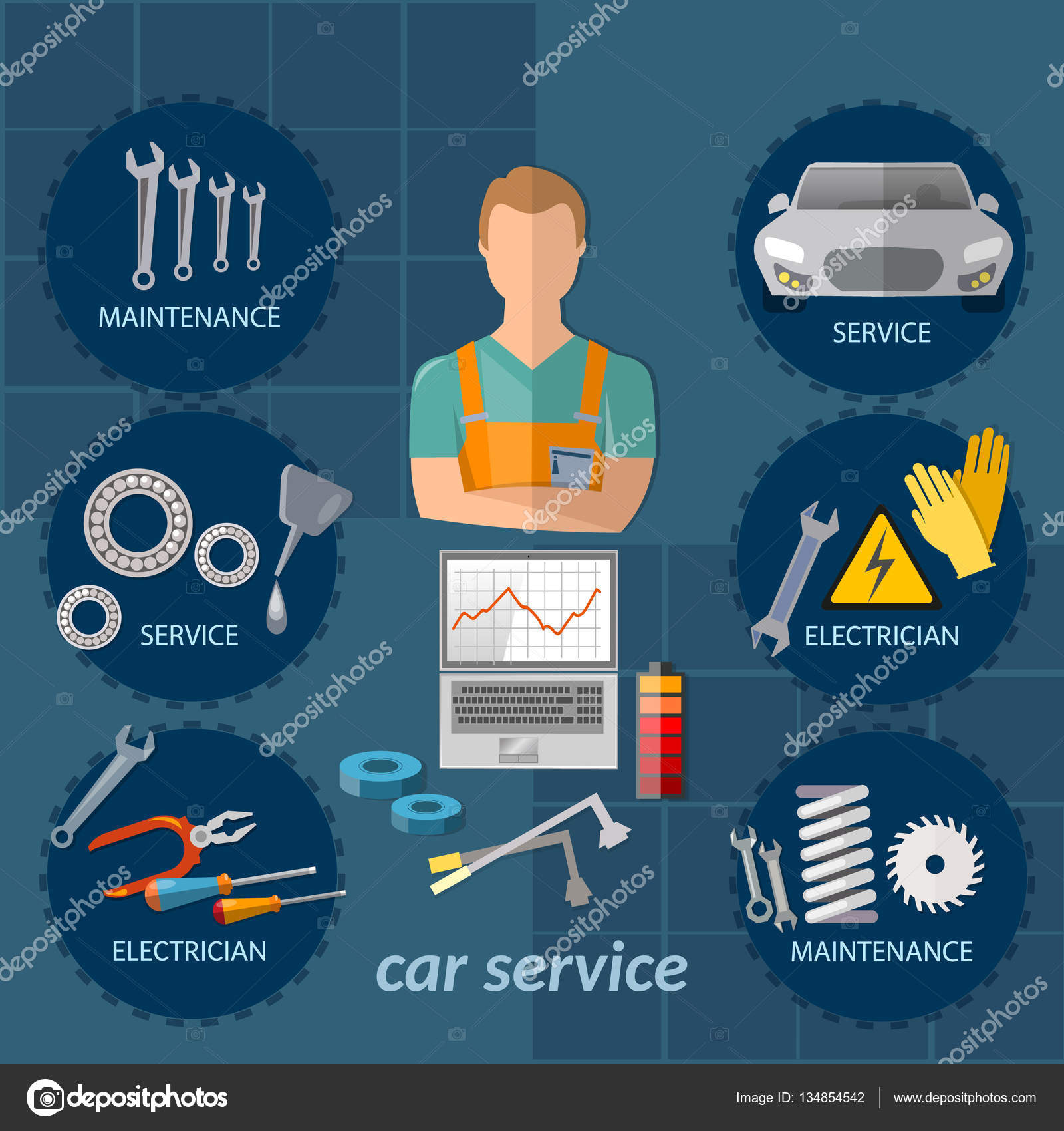Translating Your Auto'S Alert Lights: Their True Effects
Translating Your Auto'S Alert Lights: Their True Effects
Blog Article
Created By-Lim Shepherd
When you're behind the wheel, those glowing warning lights on your control panel can be a bit puzzling. Do you recognize what they're attempting to tell you regarding your automobile's wellness? Comprehending the value of these lights is crucial for your safety and the longevity of your automobile. So, the following time one of those lights turns up, would not you want to decipher its message properly and take the required actions to address it?
Common Warning Lighting and Interpretations
Determine typical caution lights in your cars and truck and understand their meanings to make sure safe driving.
One of the most typical warning lights consist of the check engine light, which indicates issues with the engine or exhausts system. If this light begins, it's critical to have your lorry examined immediately.
The oil stress advising light indicates low oil pressure, needing immediate attention to avoid engine damages.
A flashing battery light might recommend a malfunctioning billing system, possibly leaving you stranded otherwise resolved.
The tire pressure tracking system (TPMS) light alerts you to reduced tire stress, impacting vehicle stability and fuel effectiveness. Neglecting this could cause hazardous driving conditions.
The ABS light suggests a problem with the anti-lock braking system, endangering your ability to quit rapidly in emergency situations.
Finally, the coolant temperature level cautioning light warns of engine overheating, which can result in extreme damage otherwise fixed swiftly.
Understanding these typical caution lights will assist you deal with issues immediately and maintain secure driving conditions.
Significance of Prompt Interest
Recognizing the typical warning lights in your cars and truck is only the primary step; the significance of promptly addressing these cautions can't be stressed enough to guarantee your safety when driving.
When a warning light brightens on your control panel, it's your automobile's means of communicating a possible issue that requires interest. Overlooking these cautions can bring about more severe problems down the road, compromising your safety and security and potentially costing you a lot more in repairs.
Trigger interest to warning lights can protect against breakdowns and crashes. For instance, a blinking check engine light might show a misfire that, if left unattended, can create damage to the catalytic converter. Addressing this without delay can save you from an expensive repair service.
In a similar way, a brake system alerting light could signal low brake liquid or used brake pads, important elements for your safety and security when driving.
Do It Yourself Troubleshooting Tips
If you see a warning light on your control panel, there are a few DIY fixing tips you can attempt prior to seeking professional help.
The first step is to consult your car's guidebook to recognize what the certain caution light suggests. Often the concern can be as straightforward as a loosened gas cap causing the check engine light. Tightening up the gas cap may deal with the issue.
https://brakerepair60594.idblogz.com/31736668/fascinated-in-understanding-the-warning-lights-on-your-automobile-s-dashboard-discover-their-relevance-for-your-automobile-s-safety-and-security-and-total-problem is a reduced battery, which can set off numerous advising lights. Checking the battery connections for rust and ensuring they're safe could fix the trouble.
If a caution light continues, you can attempt resetting it by detaching the cars and truck's battery for a couple of mins and then reconnecting it. Furthermore, inspecting your car's fluid degrees, such as oil, coolant, and brake fluid, can aid troubleshoot cautioning lights connected to these systems.
Conclusion
Finally, understanding your car's warning lights is crucial for keeping your automobile running efficiently and safely. By without delay dealing with these notifies and understanding what they imply, you can avoid costly repair work and potential breakdowns.
Bear in mind to consult your car's handbook for particular details on each cautioning light and take action appropriately to ensure a hassle-free driving experience.
Remain educated, stay safe when traveling!
